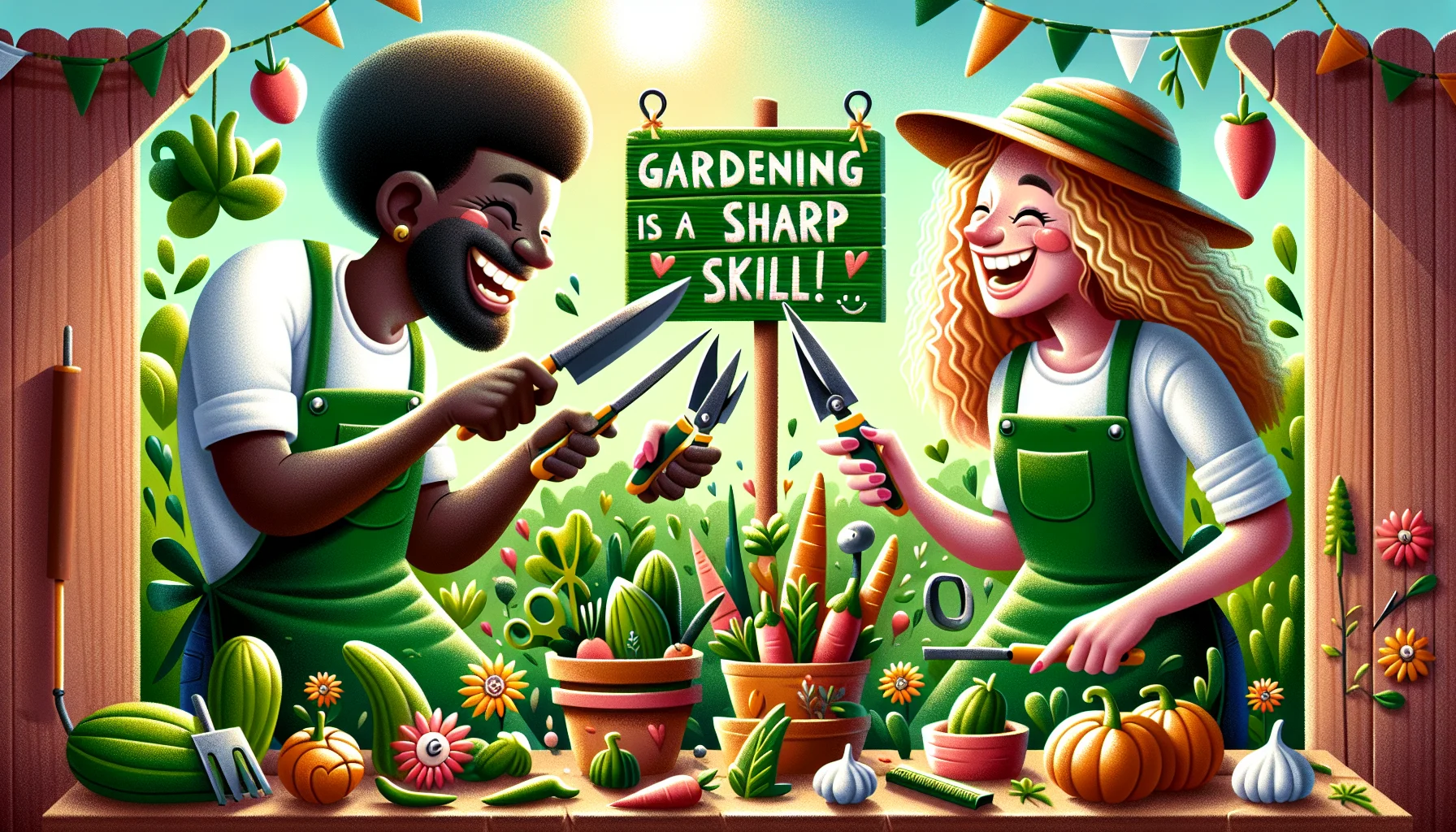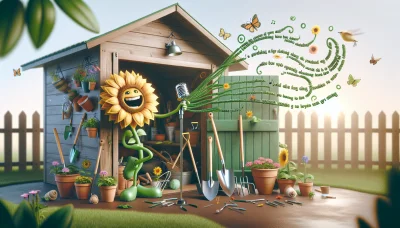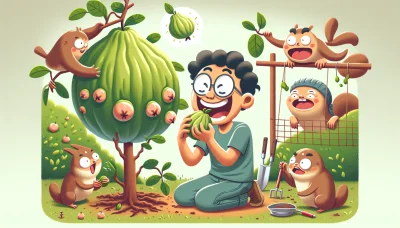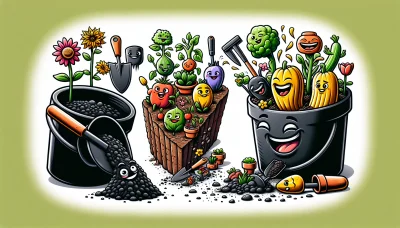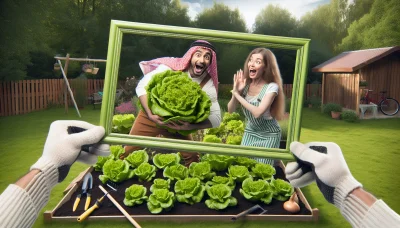How to sharpen garden tools Quiz
Test Your Knowledge
Question of
How to Sharpen Garden Tools
Keeping your garden tools sharp is crucial for maintaining an efficient and enjoyable gardening experience. Sharp tools make cutting and pruning easier, require less physical effort, and can help ensure clean cuts for healthier plants. This guide will introduce you to the basic steps and tools needed to keep your gardening tools in top condition.
The Importance of Sharp Tools in Gardening
Sharp tools are crucial in gardening, as they significantly benefit the plants and simplify various gardening tasks. Using sharp tools ensures clean and precise cuts, which is essential for the health of the plants. Clean cuts heal faster and reduce the risk of diseases entering the plant. Moreover, sharp tools make gardening tasks easier and more efficient, reducing the amount of effort required to prune or trim plants. This not only saves time but also minimizes the physical strain on the gardener, making the gardening experience more enjoyable and productive.
Tools You'll Need to Sharpen Garden Tools
- File
- Whetstone
- Protective gloves
- Cleaning brush
- Rust remover (optional)
- Lubricating oil
- Bench vise (optional, but helpful for stability)
- Rag or cloth for cleaning
Step-by-Step Guide to Sharpening Your Garden Tools
- Cleaning the Tools: Before you start sharpening, it's important to clean your tools. Remove any dirt or rust with a wire brush or steel wool.
- Inspecting for Damage: Check each tool for damage. Look for nicks, cracks, or any signs of wear that could affect the sharpening process.
- Securing the Tool: Secure the tool in a vise or with clamps to keep it steady while you're sharpening it.
-
Sharpening Shears:
- Use a medium-grit sharpening stone. Wet it with oil or water, depending on the type of stone.
- Hold the stone against the cutting edge at the angle of the existing bevel (usually about 20 degrees).
- Move the stone in a circular or sweeping motion along the length of the blade.
- Repeat on the other blade if your shears are two-sided. Finish with a finer grit stone to polish.
-
Sharpening Spades and Shovels:
- Use a flat file for these tools. Hold the file at a 20 to 30-degree angle to the edge.
- Push the file in one direction along the edge, from the base to the tip.
- Work your way around the tool, maintaining the angle, until you've sharpened the entire edge.
- Remove any burrs on the backside of the edge with a few swipes of the file.
-
Sharpening Hoes:
- Secure the hoe so the blade is accessible.
- Use a file or a sharpening stone, depending on how blunt the edge is. Start with a coarse tool and finish with a finer one.
- File or stone the inside edge of the hoe, maintaining the original angle.
- Remove burrs on the outside edge by lightly filing or stoning it.
- Finishing Up: After sharpening, it's important to oil the tools to prevent rust. Use a cloth to apply a light coat of machine oil or a silicone-based lubricant to the metal surfaces.
- Storing Your Tools: Store your tools in a dry place. Hanging them up or keeping them off direct ground contact will help prevent rust and keep them in good condition for longer.
Maintaining Your Garden Tools Post-Sharpening
After sharpening your garden tools, it's crucial to take proper care of them to ensure their longevity and maintain their sharpness. First, clean any debris or sap off the tools using soapy water and a stiff brush, then dry them thoroughly to prevent rust. Apply a light coat of oil to the metal parts to protect them from moisture and rust. When storing, hang the tools or keep them in a dry place to avoid any moisture accumulation. Regularly check your tools for signs of wear or rust and address these issues promptly to keep your garden tools in the best condition for your gardening needs.
Common Mistakes to Avoid When Sharpening Garden Tools
- Not Cleaning the Tools Before Sharpening: Always clean your tools from dirt and rust before sharpening to get the best edge.
- Using the Wrong Sharpening Tools: Make sure to use the correct file or stone for the specific tool you're sharpening. A one-size-fits-all approach doesn't work.
- Applying Too Much Pressure: Gentle, consistent strokes are more effective than heavy pressure, which can damage the blade.
- Ignoring the Correct Angle: Each tool has an optimal sharpening angle; maintaining this angle is crucial for an effective edge.
- Forgetting to Oil After Sharpening: Oiling the tool post-sharpening protects it from rust and extends its life.
- Sharpening Too Frequently: Over-sharpening can wear down tools unnecessarily. Sharpen only when needed.
- Not Testing the Tool After Sharpening: Always test your tool on a piece of scrap material to ensure it's sharpened correctly.
